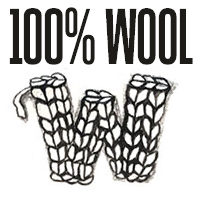Nancy MacMillan is an avid knitter with an interest in Rare Breeds and working with wool straight from the source. Pam Heath is a Shepherdess whom Nancy first met at the Ottawa Knitting Guild some years ago. Pam is a wonderful resource for all things Rare Breeds, and she and Elwood Quinn kindly agreed to do a Q&A with Nancy for Wovember. Pam and Elwood are listed on the Rare Breeds Canada website. The mission of Rare Breeds Canada “is to make Canadians more aware of their agricultural heritage and, through education and niche marketing, involve them in conserving endangered breeds of farm livestock and poultry”. We really felt we couldn’t do a week about grassroots action without some grazing sheep, so here is Nancy’s post about some of the work taking place on Quinn Farm to preserve some of Canada’s heritage sheep breeds and their wool; thank you for your writing and research!
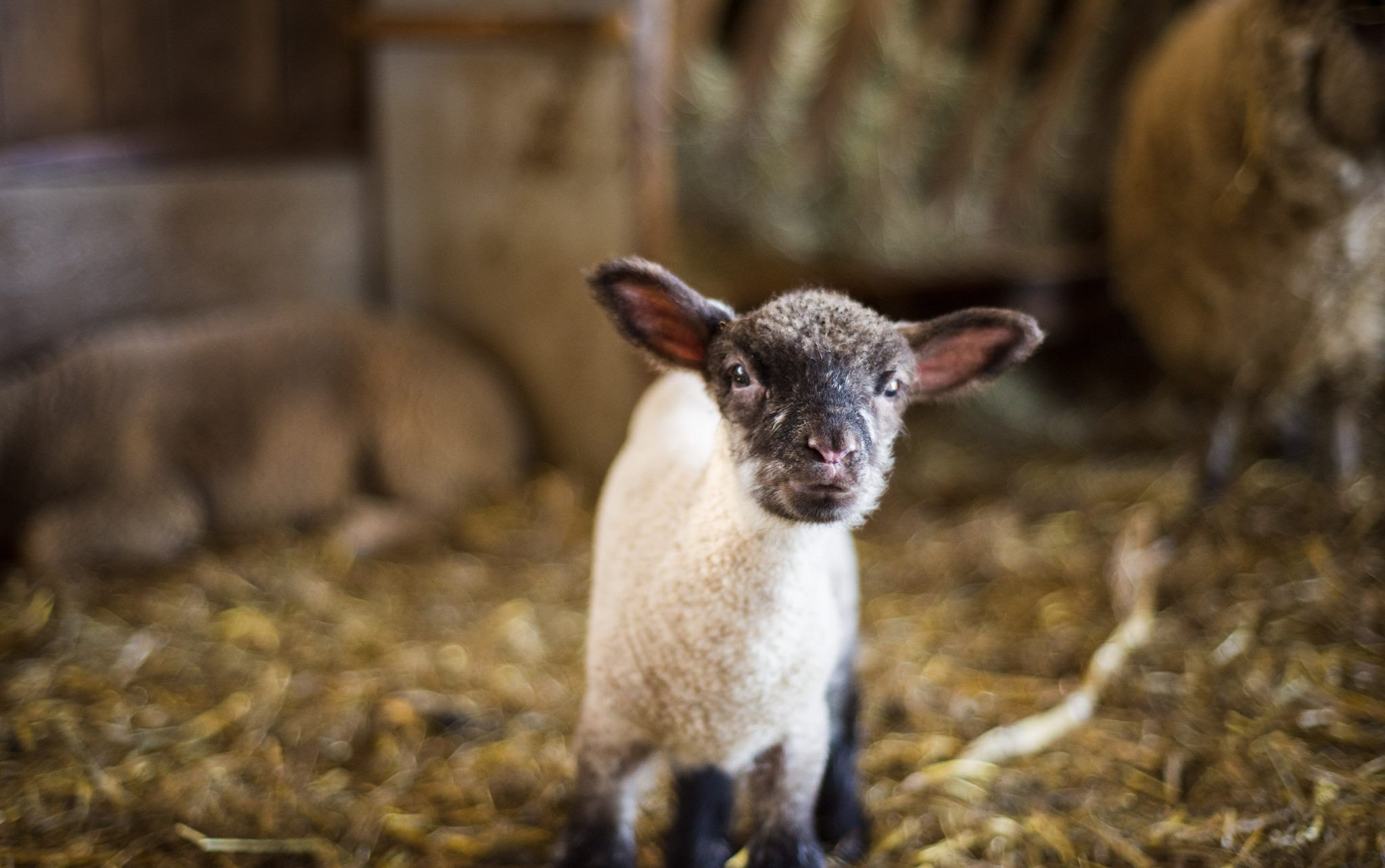
About the farm and rare breeds
Q: Pam and Elwood, thanks for agreeing to answer questions about shepherding, running your farm, and your great passion: Rare Breeds. Can you tell us a bit about how you got into farming?
A: We both grew up on mixed Dairy Farms, which also raised sheep, pigs & chickens. There’s a photo of myself (Pam) barely sitting up, at 6-7 months old, on the kitchen table with a new-born lamb beside me. It must have been brought into the house briefly to warm up. Elwood’s family had Corriedales & Suffolks and showed them when he was young.
Q: I have known some Shepherds to be alone in their passion for sheep and it is a joy to see two people who love the animals as much as the two of you do. Watching Elwood educate visitors about being gentle with the sheep, how to pet them and how not to scare them and cause them undue stress was wonderful. Have you found it helpful to have a partner to bounce things off when difficulties arise on the farm? Has he always been as passionate about Rare Breeds as you are, or has he caught your passion along the way?
A: Way easier, for sure. We really appreciate you noticing that and mentioning it here. Thank you. We arrived at this moment from two completely different worlds. I grew up in England and emigrated to Manitoba with all my family in 1980. Elwood grew up in Greely, in the Ottawa Valley and moved to QC.to work at MacDonald College in Horticulture in the late 70’s. He had previously worked at the Central Experimental Farm in Ottawa, in various research in livestock & horticulture husbandry. One of the many projects he helped with was the development of the Arcott sheep breeds.
Elwood made his living from farming or jobs in his youth related to farming. I went to Art School after leaving High School, then morphed back into farming after a spell away from it… but as the saying goes, you can take the girl out of the country but you can’t take the country out of the girl.
I strayed away from your question a little bit… We met when we were both RBC Directors and shared a huge amount of passion for these rare breeds and promoting them… the rest is history. Our days are filled close to 100% with RBC activities, from our own animals to helping run RBC since it’s entirely voluntary… as Elwood says, we don’t smoke or play golf, so we do Rare Breeds!
Q: How large is the holding you work on, Quinn Farm in rural Quebec, Canada? How did you know this was the place you wanted to begin your journey into the WOOL world? How many years have you been Shepherds?
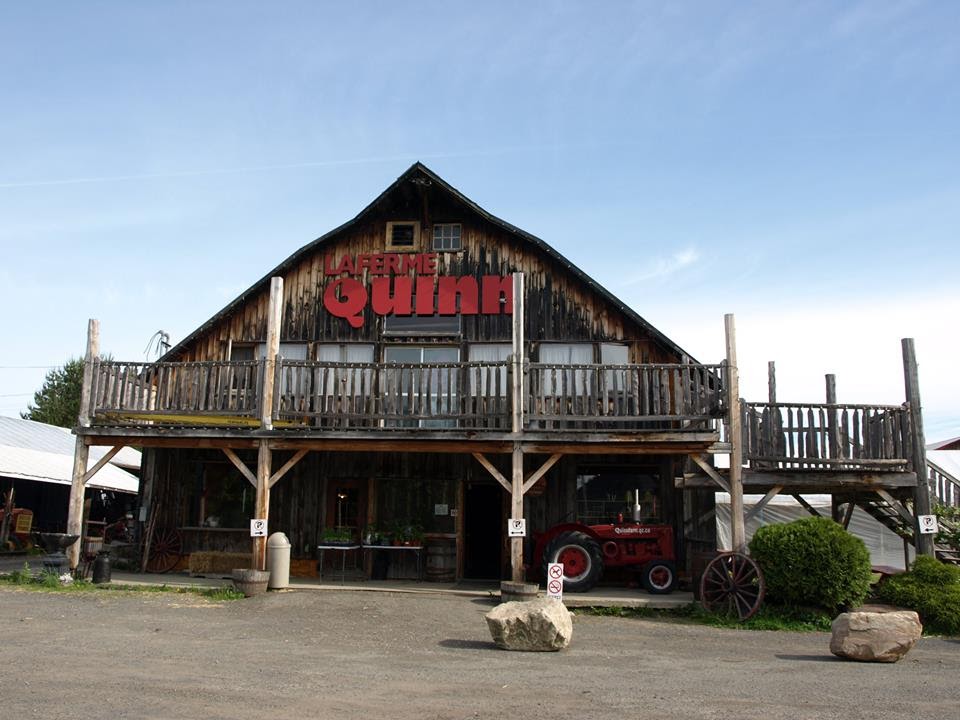
A: 110 acres. Elwood’s farm is on the west side of Montreal, twenty miles west of Trudeau airport. It’s a U-Pic fruit & vegetable farm primarily, with close to 100,000 farm visitors annually, so it’s a very public farm. We’ve been around sheep between 50 & 60 years… now you know how old we are!
Q: How many Rare Breeds do you have on your farm? Can you list them for us?
A: Milking Shorthorn team of oxen. Chanticleer, Buff Brahma & Hungarian Yellow chickens. Cotswold & Shropshire sheep. Berkshire & Hampshire pigs.
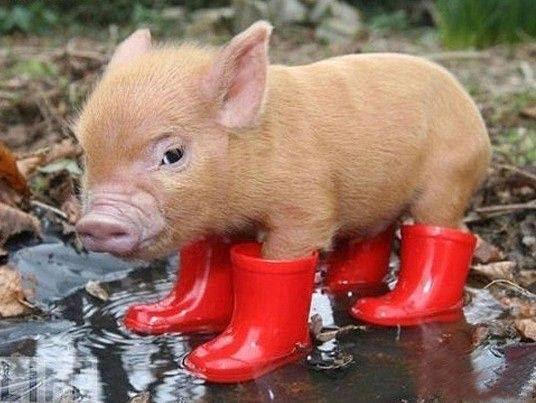
Q: Do you have a favourite breed amongst these Rare Breeds?
A: I hope this is not limited to a one word answer! Elwood’s would have to be the Hampshire pigs since he grew up with this breed, though he has a special spot for his Berkshire sow, she’s a real beauty. Mine would be Guernsey cattle but I’ll settle with our Shorthorns, my second-most favourite. I really enjoyed the Tamworth pigs when we had them too. We both adore the Shropshires we have because of their very old bloodlines… it’s the most difficult question to answer, and as you can see, it took more than one word.
Q: Do you find it very difficult spreading the word about the importance of keeping Rare Breeds off the endangered list? How do you personally spread the word? Has technology made it easier for you?
A: Globally there are so many breeds that need help, it’s challenging to know where to start & end. We are losing far more breeds of farm-livestock than anything in the wild… which is difficult to imagine, but very true… and these are the animals that put food on our plates and wool on our backs. The RBC website & FB page are hugely helpful. The displays, presentations & fairs we attend are where we get the opportunity to interact directly with the public.
Q: What does being a member of Rare Breeds Canada entail? Has the organization been a good resource when problems arise with the breeds that you raise? And as the way in which you work with Rare Breeds Canada changed in any way since you began your association with them?
A: Membership includes a listing on the Breeders Directory which helps breeders find each other and their potential genetics across this vast country and the advancement of social media has helped connect people and spread the word. I also came to live in QC for three years so I feel quite at home in the east as well as the west now.
Q: Is there one difficulty in particular that is a recurring theme on the farm?
A: It’s both a challenge & a plus… educating the public: it’s a full-time job.
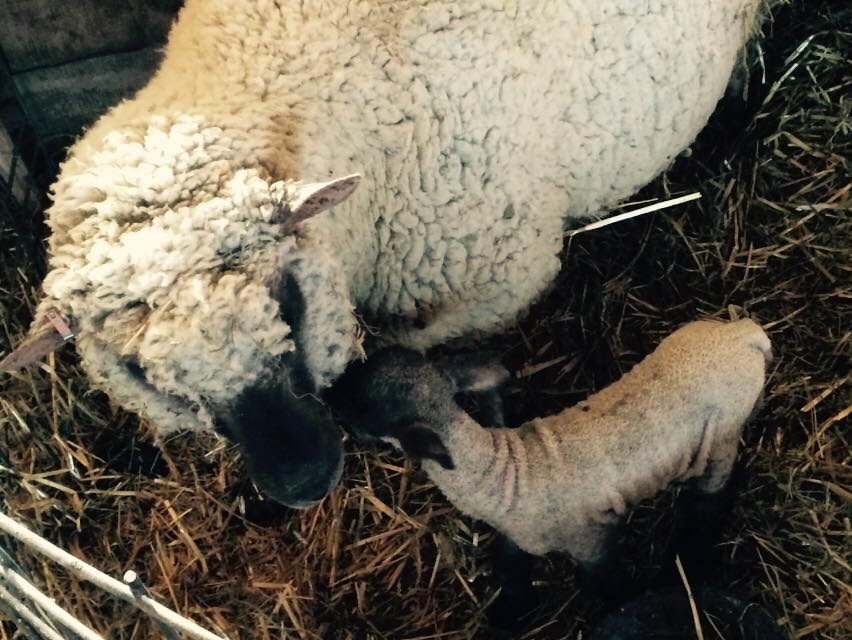
Rare breed wool and the support of the hand-spinning community
Q: It amazes me how much you know about each individual breed you raise. Could you share a little of that with readers by telling us a bit about the wool from each breed of sheep you raise currently?
A: The Shropshire sheep is endangered. In the late 19th Century it was the most prolific breed in N. America. It’s a fabulous breed, very milky with a great carcass that finishes relatively soon with wonderful lofty fibre that insulates them completely from the elements. They have a high twinning percentage too. They are also excellent grazers for Christmas Tree Plantations, since they do not eat the Balsam variety, so this has helped their numbers in their homeland. Exports to Scandanavian Tree Plantations have helped secure their numbers in Britain.
The Cotswold is on the Critical category and a very different breed being a Longwool. It has a much taller frame, slower-maturing and not as hardy as the Shropshire so needs more protection from inclement weather. Quite a different disposition and a high twinning percentage also. The wool is a spinner’s dream apparently… sorry, I don’t spin!
Q: Do you have much support from the local spinning communities in your area? Where would you say your biggest market for the fleeces comes from?
A: Support is out there and growing. The need is for us all to promote more & connect… where, what, when & how. To have this Q & A series spread coast to coast would be a huge plus. Make sure David Suzuki gets a copy!
Q: You and I have discussed a field trip to your farm with a small group of like-minded spinners/knitters and possibly members of the Ottawa Knitting Guild. Have you had many such requests in the past? Have they helped spread the word about the work you do and what you have on offer in the way of fleeces?
A: We’ve given some presentations to a few guilds, they’re very enthusiastic; yes it really helps. The connection helps both us, the organization & farmers/producers and the Guild members. Quinn Farm’s annual public sheep-shearing demos should have the presence & enthusiasm of various guild-groups and wool-artisans… maybe you could help spread the word, please?
Q: Many Shepherds have issues with what they get paid for their fleeces. Do you think the market will change positively for farmers to get what they consider fair pay for their fleeces?
A: Wool is grossly under-rated. Growing up in the UK, we had a healthy respect for it and knew, as a fibre, nothing can take its place. I think it’s up to the breeders & producers to try and help themselves by working together to promote & market this excellent product. We don’t need every consumer to fall in love with wool, but we need to find niche markets and hope satisfied customers will tell their friends.
The CCWG (Canadian Cooperative Wool Growers) is the body that helps promote sales for Canada’s major sheep farmers & wool producers.
Fortunately Ruth Mathewson has recently joined them as their new Atlantic Region Director. Ruth is very passionate about promoting quality wool from Canadian flocks. Brian Greaves, Director from MB.and originally from New Zealand, along with Ruth, will hopefully work together on strengthening the market opportunities for woollen producers. Ruth has poured her own savings into a Mini-Mill on her farm where she lives & farms with her mother Greta, near Truro, NS. Her heart is set on re-establishing & maintaining the Maritime cottage industry, giving work to stay-at-home Mums and other folks, using woolen yarn produced by her own & and other local producers’ flocks of sheep. She has to be one of Nova Scotia’s best-kept secrets!
Comparing Rare Breeds Canada with the Rare Breeds Survival Trust in the UK
Q: Have you found any differences between Rare Breeds Canada www.rarebreedscanada.org and Rare Breeds Survival Trust in the UK www.rbst.co.uk
A: Yes. There are a several breeds unique to both countries. Canada also farms extensively and Britain is more intensive. It’s quite
different and does affect what animals are around us. Britain’s population is double to Canada’s, squeezed into the size of Manitoba & Saskatchewan, so people are much closer to everything in Britain. This means the public are more aware of agriculture in general, and
of course the historical significance of farm livestock breeds that date back hundreds and sometimes thousands of years. They are valued much more highly & with awareness are respected among the general public.
Advice for would-be rare breed shepherds?
Q: In closing is there any advice you would give someone who is considering becoming a Shepherd of Rare Breeds that you wished someone had shared with you, when you began your own journey?
A: Yes, buy a barn-camera when you can afford one, to help at lambing time. It’s less-intrusive. Get a good one that covers all your barn, allowing you to check your ewes without disturbing them or yourself. When you go out into the cold night-air you can’t get back to sleep very quickly. Fix it up in your bedroom with a monitor so you can observe from the warmth of your bed, with one eye open… just like a good Border Collie!
Thank you very much Nancy, for giving us this opportunity to reach a few more good folks who enjoy wool. Please keep in touch and feel free to contact us anytime at rbc@rarebreedscanada.org or Tel. 204 573 8204.
Nancy: Pam and Elwood, thank you so much for sharing a glimpse into the busy life of a Shepherd of Rare Breeds Sheep in Canada. I look forward to that field trip in the near future…
QUINN, ELWOOD & HEATH, PAM – QUINN FARM
2495 boul. Perrot,
N.D. de L’Ile Perrot, QC J7V 8P4
Tel: 514-941-1510
Email: elwoodquinn@gmail.com
Link to FB: @LaFermeQuinn
Written by Nancy MacMillan
(NancyKnot on Ravelry) knitter, spinner, knitwear designer and lover of
all things WOOL.
All photos courtesy of Quinn Farm

Many thanks to Nancy, Pam and Elwood – Wovember readers might be interested to know that Rare Breeds Canada run a project called Sheep and Woolly connections, enabling spinners and rare breed shepherds like Pam and Elwood to link up. We applaud these kinds of measures that help to bring producers and consumers of wool closer together, and the day to day work on farms like Quinn Farm that enable rare breed sheep and their special wool to be preserved for future generations of wool growers and wool wearers.
